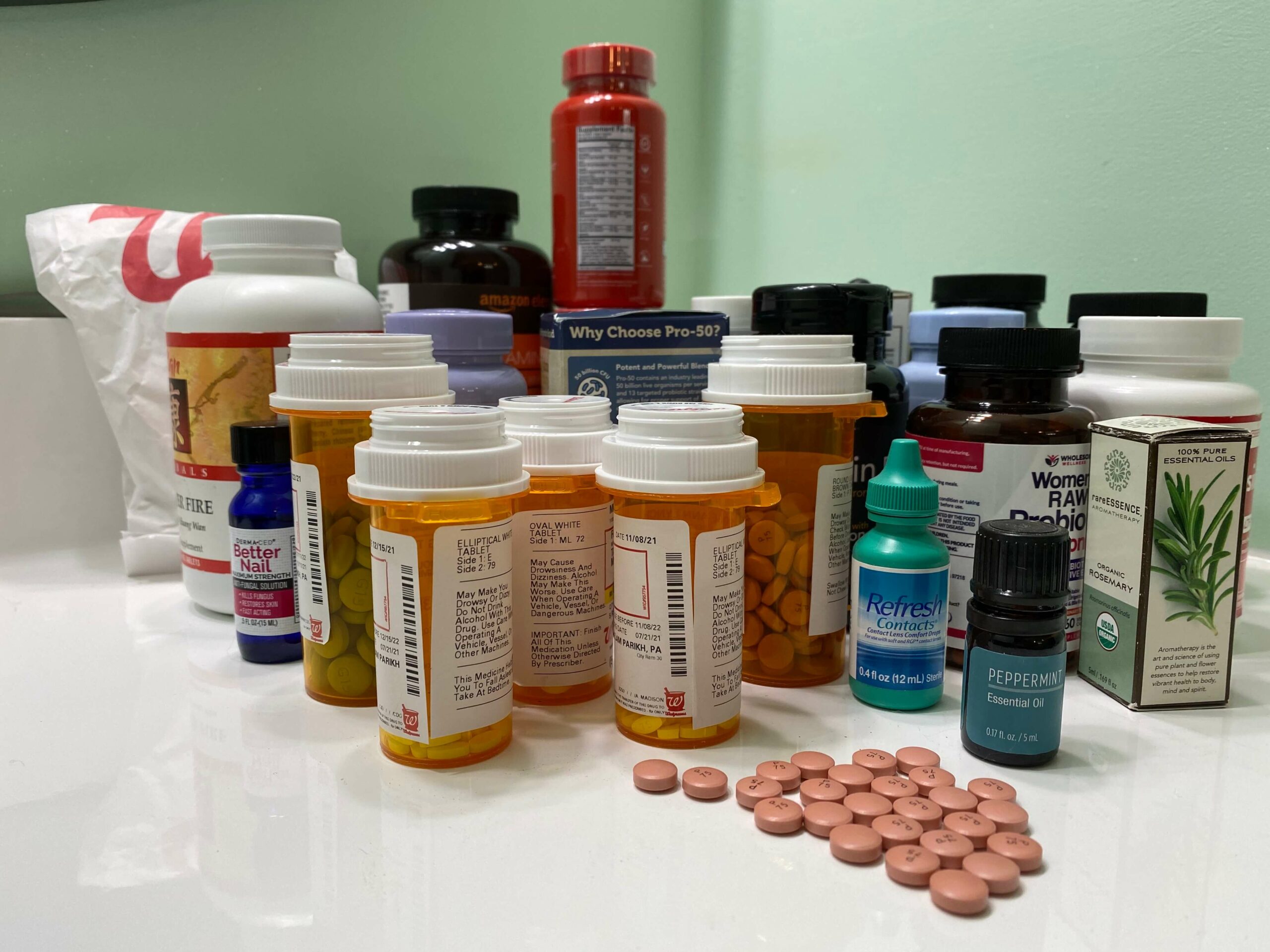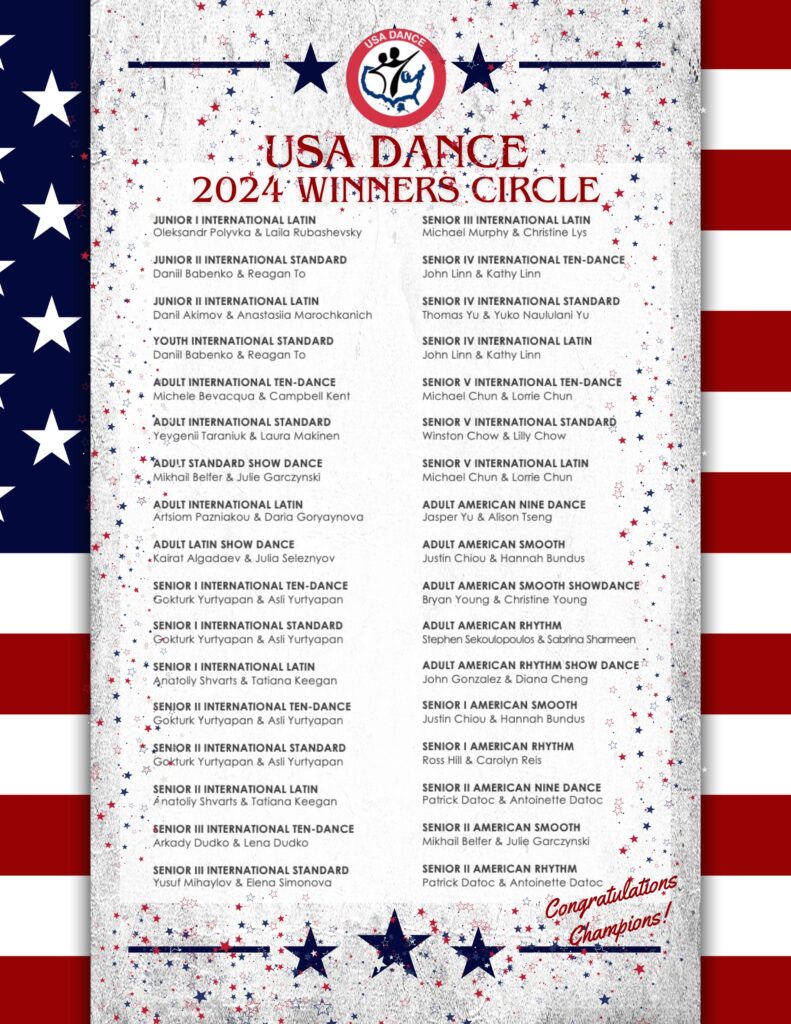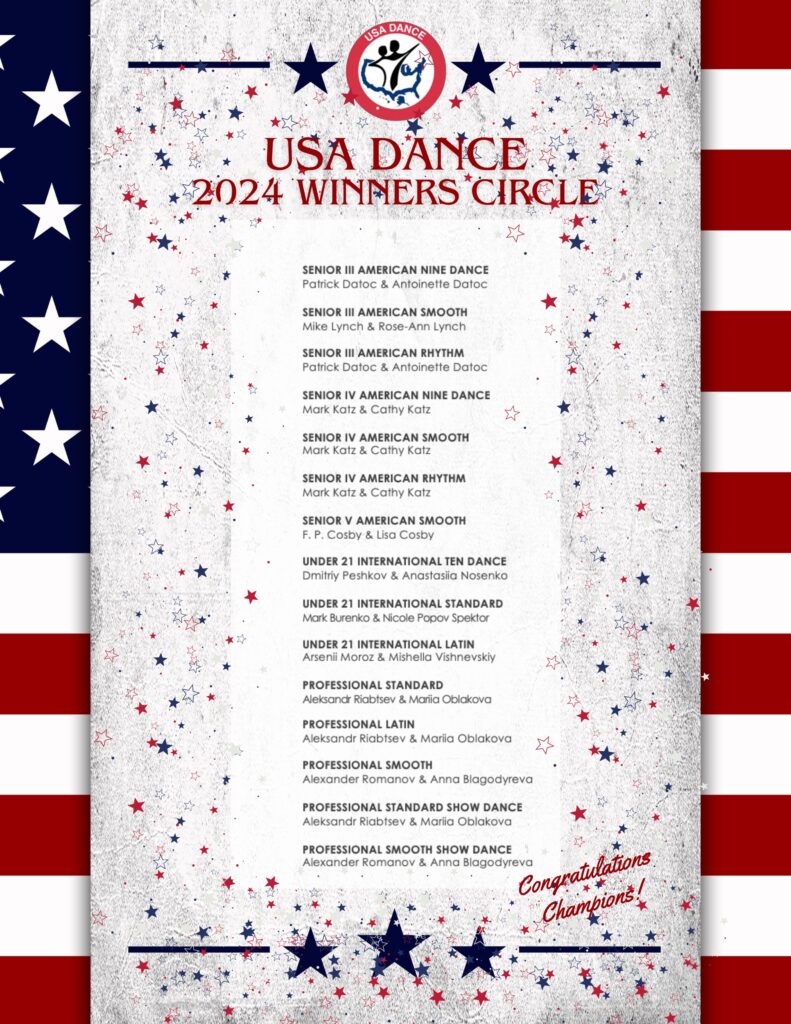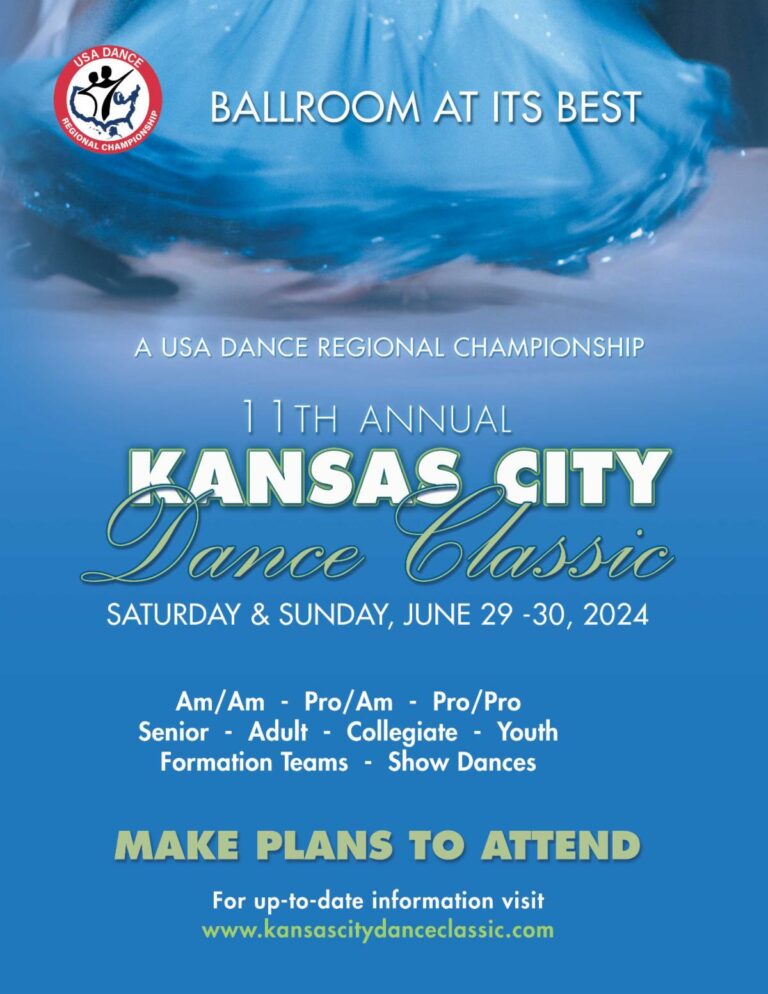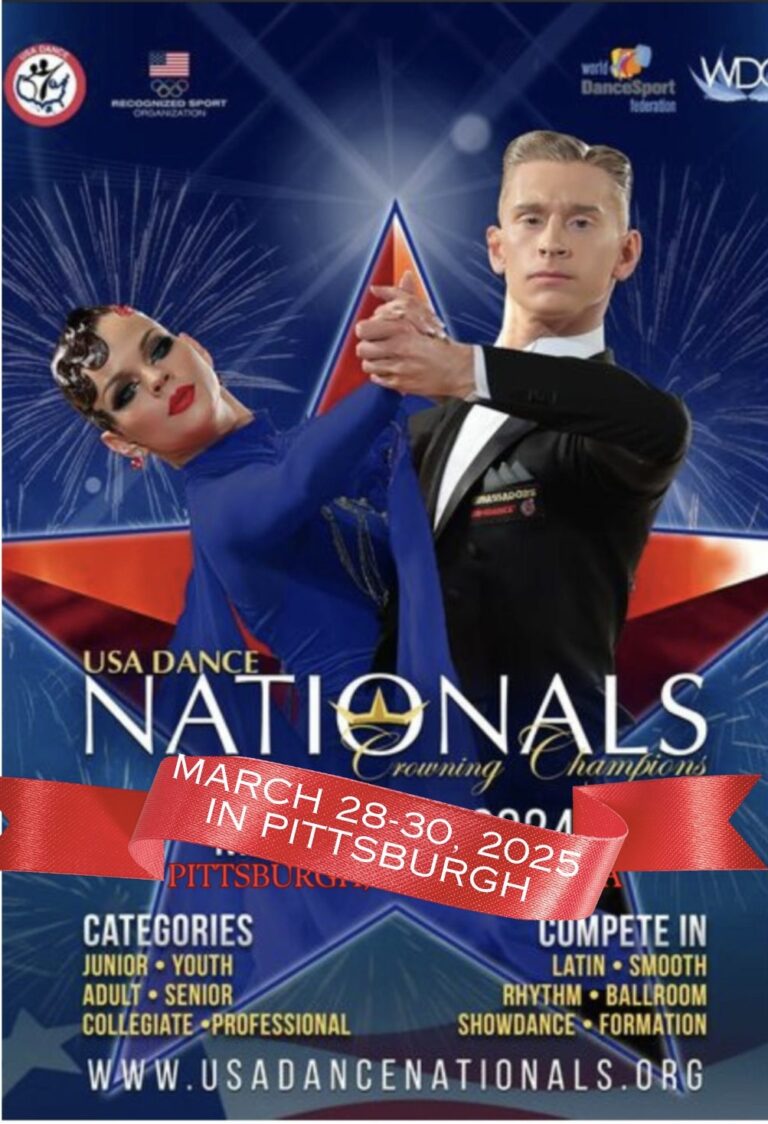Anti-doping regulations in competitive sports are an important matter for all athletes. USA Dance and the World DanceSport Federation (WDSF) follow standards created by the International Olympic Committee, and it is vital that competitors understand the principles and adhere to the details of the enforced protocols. This brief article summarizes the basic anti-doping points and provides hotlinks to resources for further information. This material is also detailed on-line at USA Dance, https://usadancenationals.org/anti-doping/ and for WDSF events at their anti-doping site.
First, the anti-doping regulations are not simple. They are intended to maintain a level playing field of competition where performance is the natural capability of the athlete, not enhanced by a supplementary substance. This requires many lists and procedures.
USA Dance believes more education is needed on anti-doping regulations. At one of the National Championship events in 2021, a dozen athletes underwent drug testing. One athlete tested positive for a prohibited substance due to medication prescribed by his physician within a week of the competition. The offense was unintentional, and the athlete had no knowledge of the prohibited list. That event inspired this article.
The easiest tactic in adhering to the anti-doping rules is to not ingest or inject any prohibited substance, which include stimulants, steroids, narcotics, cannabis, and hormones. USA Dance Athletes must read and sign all forms, and take all tests requested at competitions. Sounds simple? Well, it may not be. Competitors may unknowingly take prescribed medications for managing medical conditions that may be on the prohibited list (e.g., insulin). People who take supplements sold in “health food” stores may unsuspectingly ingest things that are on the prohibited list. Similarly, steroids and doctor’s office treatments may include substances on the prohibited list (e.g., prednisone for asthma, arthritis, even balding). Some athletes may participate in legal recreational substances between competitions and believe they are substance-free at the competition. What is the answer?
It is the competitor’s responsibility to test free of all prohibited substances. If a competitor is taking a medication on the prohibited substances list for a legitimate medical reason, the athlete must submit a Therapeutic Use Exemption (TUE) form to the USA Dance Anti-Doping Chair 30 days or more before entering a competition. If the medication is prescribed less than 30 days before the event, the athlete should notify the anti-doping chair immediately and proceed with obtaining the TUE form.
On-line resources and instructions about anti-doping can be confusing with different information from one source to the next. As a first pass to this topic, consider the following two steps: Watch a 3-minute video at the US AntiDoping Site, entitled AntiDoping101. It summarizes both the principles of a level playing field for clean athletes and points out resources for further information. Next, check your medications and supplements at the Global DRO site. This is a tool that tells you if the substance is Prohibited or Not Prohibited.
I tried this for my box full of heart-patient medications. There is a trick to using this tool. A “sport” category must be indicated to get the tool to work, and “dancing” is not an option. I selected “figure skating” and “diving” as the next closest things. Either of these is fine. Some sports, like archery have a more stringent list, so the choice of sport does matter. In the “search for” box, type some portion of the substance name, starting with the first letter. The tool has sufficient intelligence to fill in options for the rest. If it doesn’t find your item, it will list the closest terms it finds, and this often will match your substance. My ten medications were easily understood by the system, and none were prohibited. I tried some other substances. For example, “cannabis” is listed if you ask for “pot”, “fash…”, “marij…”, or “THC.” These are not allowed “in competition” but are allowed “out of competition” (beware not to have this in your system anytime close to competition). As further experimentation, I tried some of my wife’s supplements. I had to go one ingredient at a time (all were allowed). But supplements over the counter are not regulated until some product is found to be dangerous. There is no guarantee that any of these supplements contain what is listed on its packaging. One supplement I take, Co-Q10 (common for patients taking statins and experiencing joint pain), was not on the list. I wrote to the email provided by Global DRO for questions and received a response the same day that Coenzyme Q is not prohibited, but they warned that supplements may not be precisely as advertised. Overall, I found the Global DRO tool much easier to use than the tool provided by WDSF at the WADA site.
For USA Dance events such as our Nationals in April 2022, the TUE form from USADA.org should be used, and submitted to USA Dance Anti-Doping Chair. Dancers prescribed to take listed medication will have to work with your physician to complete this form.
In an interview for this article, USA Dance Anti-Doping Chair Sterling Sightler noted that Sport Enhancement is the key concept. If you are taking the medicine for medical needs, and it so documented in your TUE form, then you should be fine. The penalty for an in-competition doping infraction (positive test) can be severe, including loss of all awards at the competition and suspension of competing privileges for two years, or a life-time suspension for a second offense.
The way to meet USA Dance Anti-Doping standards is straightforward: Know the rules. Check your medications against the prohibited substances list. Submit a TUE form, if required. Most importantly — be careful and compete clear and clean of performance enhancing substances.

